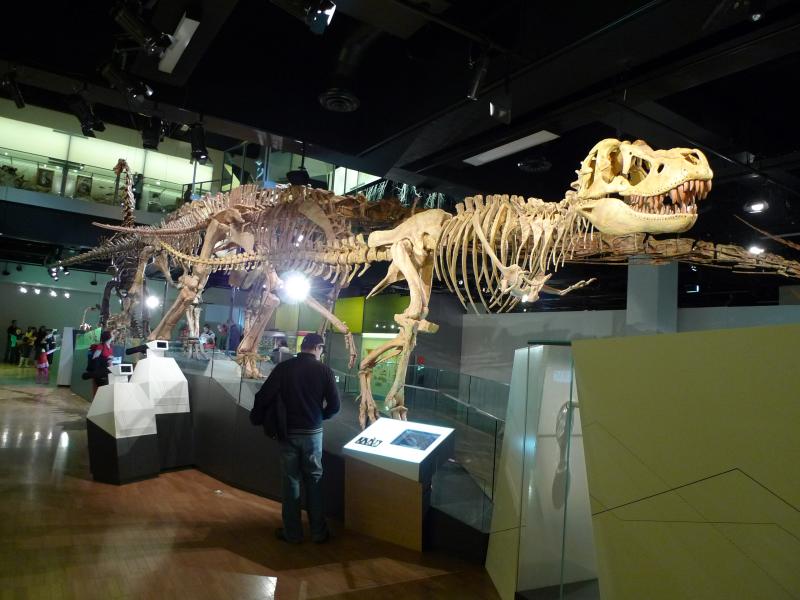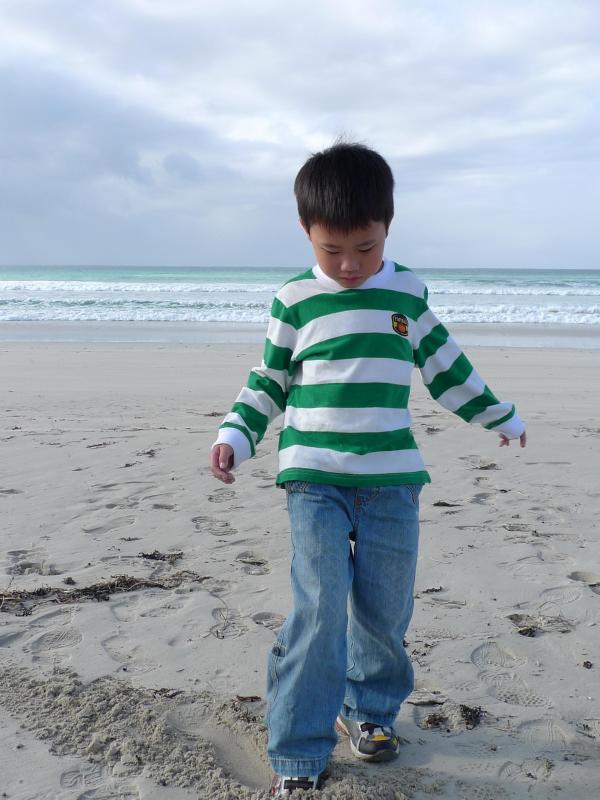
American Girl dolls casting their branded charms (Courtesy of Lauren-xo)
“Lights, cameras, action!” Put on your “costumes”, don your best “branded” behaviour, and perform in the stage of life’s biggest commercial brands.
That seems to be the key message of Maurya Wickstrom’s volume Performing Consumers which described the multiple ways in which big brands endear themselves to their customers through performance and theatre. Peppered liberally with theories of performativity and theatricality, the book illustrated how the creation of brandscapes in the retail environment induces deep emotional connections between man and merchandise.










